The idea of a Learning Object comes from object-oriented programming.
Object-oriented programming recognizes that if a developer is creating a software tool and needs to have a menu, it’s more efficient to create the menu as a re-usable object than to create a new custom or unique menu for every place where a menu is needed in the software. This saves initial development time as well as time on future updates, because a change to the menu object gets propagated to all places in the software where the menu object is used.
The term Learning Object is a bit of a confusing one for our industry, as it sounds a lot like Learning Objective. But an LO might not always be equivalent to a Learning Objective.
This would be the case if there were several tasks in a single process. The Learning Objective would be the ability to accomplish all of the tasks in the process, but you’d probably be best to design the learning as a set of separate Learning Objects for each task.
For example, in dominKnow | ONE we can invite Reviewers to provide feedback on a course. The Learning Objective for the lesson might be “Set up a reviewer for your course”. But there are two tasks for this process:
- Invite the Reviewer into an account in the authoring site
- Assign the Reviewer to the course they are to review
So, a best practice would be to have two Learning Objects, one for each task.
Doing this makes the two LOs more flexible for re-use. In the authoring system, we can also invite Administrators as well as Authors. So we can create one LO for the task of inviting users in general (rather than Reviewers specifically) into the system and have more flexibility for using it in more than one course to meet more than one LO in different projects.
Re-use is one of the most powerful benefits of the LO model in dominKnow | ONE. Think about making a PowerPoint slide deck for an instructor-led session. Later, you have to do a session for an audience that’s similar but has some different needs. So you copy half of your PPT file then add more content to it. Half of the two slide decks are identical, but they are separate – so if that identical content ever changes, you need to change it in both decks, separately.
The re-usable LO model in dominKnow | ONE means that you only have to change the content once and it's updated in all projects using it.
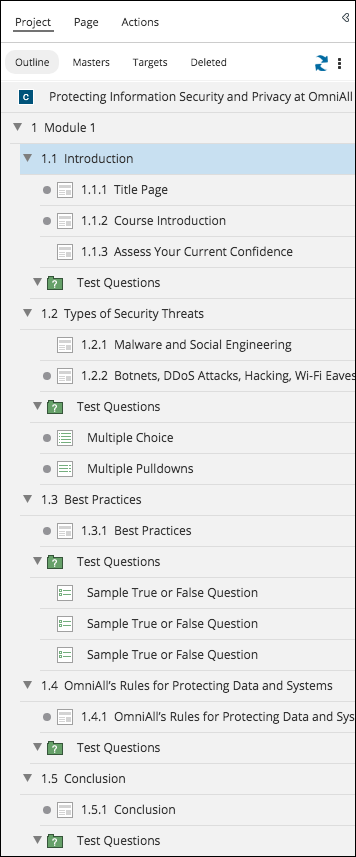

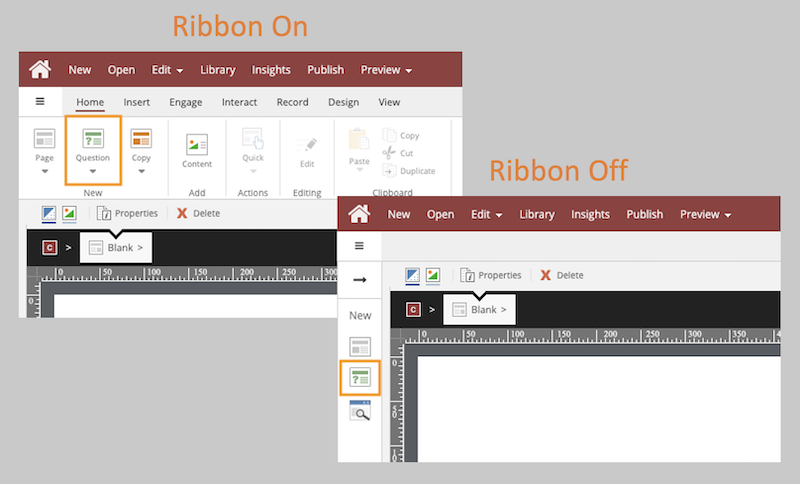
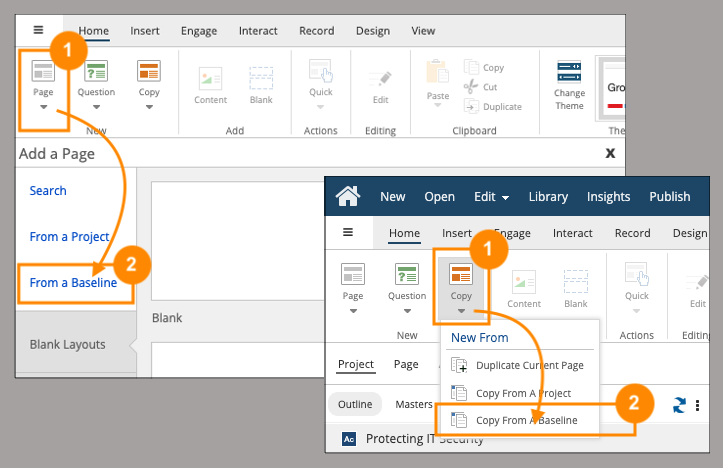
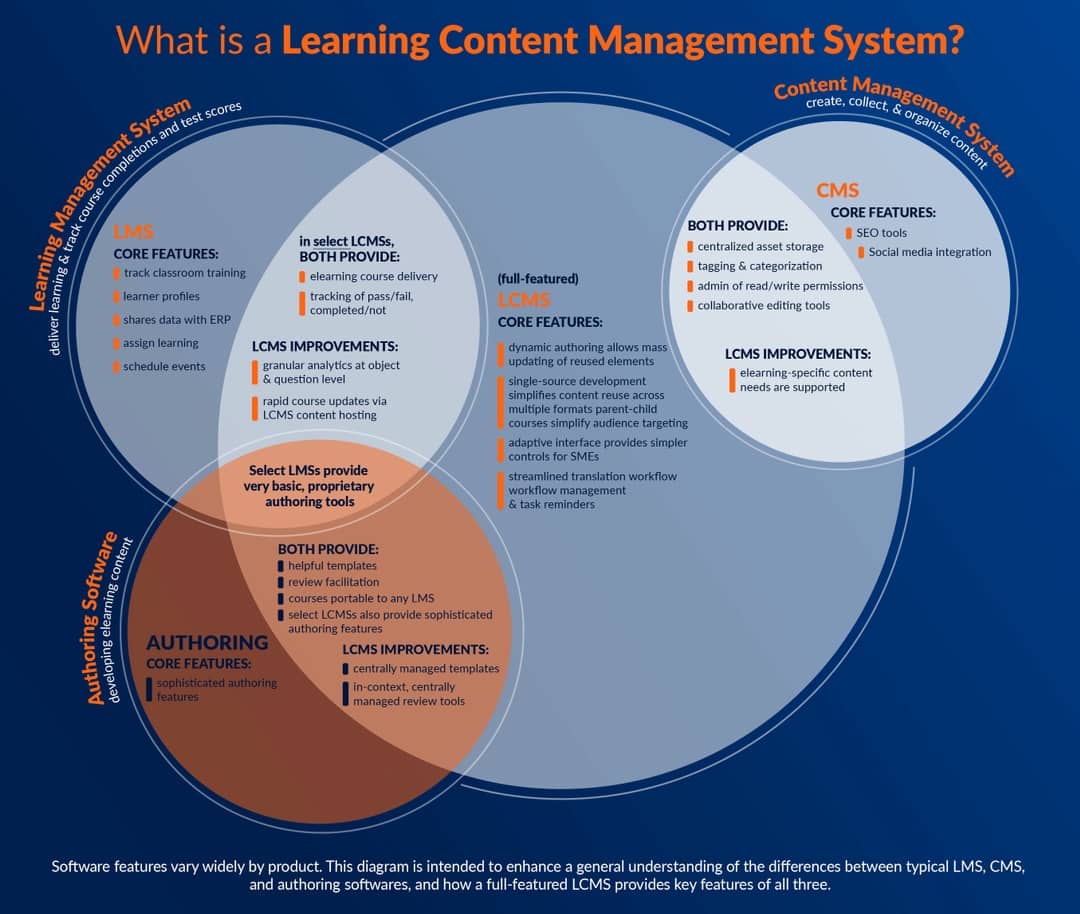
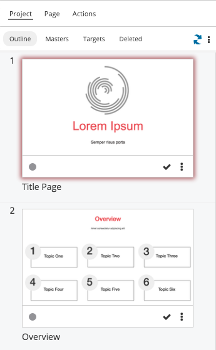
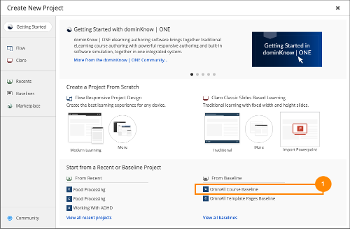
Comments ( 0 )
Sign in to join the discussion.